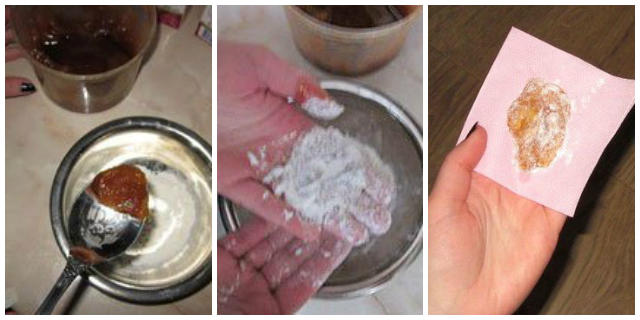Honey is an amazing superfood. It has been used in traditional medicine for hundreds of years to treat common ailments including ulcers, gastric discomforts, skin wounds, and burns.
In the UK and Canada, honey is often recommended by physicians as a treatment for coughs and sore throats. This treatment is included for children over 1-year-old. A homemade remedy of honey and lemon juice taken orally is deemed as effective as dextromethorphan and, even more, effective than diphenhydramine. (Living Traditionally)
 One common problem that frequently arrives with winter is coughs and congestion. Many over the counter or even prescribed medicines only mask the symptoms. They cannot do much to heal the problem. However, honey is safe to take orally for those over 1 year of age and safe for topical use for those over 6 months of age.
One common problem that frequently arrives with winter is coughs and congestion. Many over the counter or even prescribed medicines only mask the symptoms. They cannot do much to heal the problem. However, honey is safe to take orally for those over 1 year of age and safe for topical use for those over 6 months of age.

 One common problem that frequently arrives with winter is coughs and congestion. Many over the counter or even prescribed medicines only mask the symptoms. They cannot do much to heal the problem. However, honey is safe to take orally for those over 1 year of age and safe for topical use for those over 6 months of age.
One common problem that frequently arrives with winter is coughs and congestion. Many over the counter or even prescribed medicines only mask the symptoms. They cannot do much to heal the problem. However, honey is safe to take orally for those over 1 year of age and safe for topical use for those over 6 months of age.
You have got to check this out!
DIY Honey Wrap Home Remedy
Ingredients:
- Organic Pure Honey (Try to find local honey.)
- Coconut Flour
- Gently Melted, Organic Coconut Oil
- Gauze, Napkin, Paper Towel, or Handkerchief
- Cheesecloth
- Adhesive Medical Tape

Directions:
- Mix coconut flour with enough honey to make a paste. The honey should be coated with enough flour so that it is no longer sticky to the touch.
- Add a little of the gently melted coconut oil and then add some additional flour to return the mixture to a paste-like consistency.
- Spread the paste onto your chosen material (gauze etc.) and wrap it in cheesecloth.
- Place the gauze onto the center of the patient’s chest, just below the throat and secure into place with the medical tape. Cover the patch with clothing (shirt or pajamas).
- For children, it is best to apply this patch 2-3 hours before bedtime. Remove the patch when it is time for the child to go to bed for the night. Adults can wear the patch overnight and can enhance the effectiveness of the patch by adding mustard powder to the original paste.
- Sweating is typical with this treatment because honey has a warming effect.
- Significant relief should be experienced after the first treatment, but it is perfectly safe to continue this treatment as necessary.





